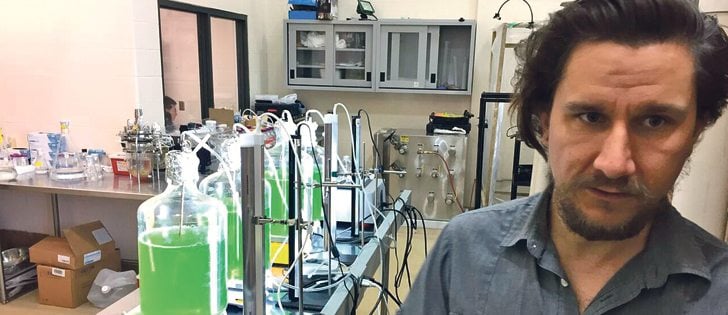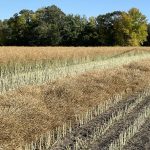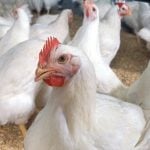Most crop futures prices have stopped tumbling, it’s safe to say after a month of relative stability.
The main North American crop commodity prices have been trading within a range since mid-October, which is a much better situation than faced by people counting on oil prices. Oil prices have continued their downfall, dropping from over-$80 per barrel in mid-October to about $50 now, while Chicago wheat and soybean prices have been bouncing around within a range of $5.00 to $5.75 per bushel for wheat and $8.50 to $9.50 per bushel for soybeans. Corn has been sliding a bit, but nothing like oil’s clear fall.
Read Also

Growth plates are instrumental in shaping a horse’s life
Young horse training plans and workloads must match their skeletal development. Failing to plan around growth plates can create lifelong physical problems.
Does that mean the crop market is building a bottom? Unfortunately the only way to tell that is after the fact, in retrospect, when it’s of historical interest but of limited use for hedging and trading. It’ll be good to know when the bottom went in, but it’d be great to know now, so that farmers could do something about it.
One of the big problems for a farmer looking at the market now is that he wants this to be the bottom, so he’s gotta suspect his own feelings about the situation. It’s hard to be cold and analytical about a situation that governs your farm’s financial healthy and well-being.
Rather than “building a bottom,” this could be just a transfer station on the express train to hell that commodity prices have been on recently. The market is filled with fun terms for changes in direction that are only useful when they’re right, such as the infamous “dead cat bounce.” That’s when the market drops a bunch, then goes up a bit. Traders sometimes suspect the up bit of being just a temporary recovery from a continuing downward slide, suggesting that the event on the charts looks like a a cat being hit by a car, bouncing off the road in a way that suggests maybe it’s still alive, but then it thuds back down onto the pavement, dead.
That’s clearly not the case in crop markets right now, because there isn’t any real bounce occurring outside the present trading range. That’s why the concept of “building a bottom” is so enticing for people long crops. If this is the bottom, then better times are coming. If this isn’t the bottom, then this is just the gap before the next “leg down” in the market, perhaps.
Regardless, it’s a better situation for crop producers right now than oil producers, where there seems no relief in sight, with some analysts calling for $35-$40 oil before a turnaround. A flat market is better than a continually dropping market, and a lot better than the panic market of late September-early October.















